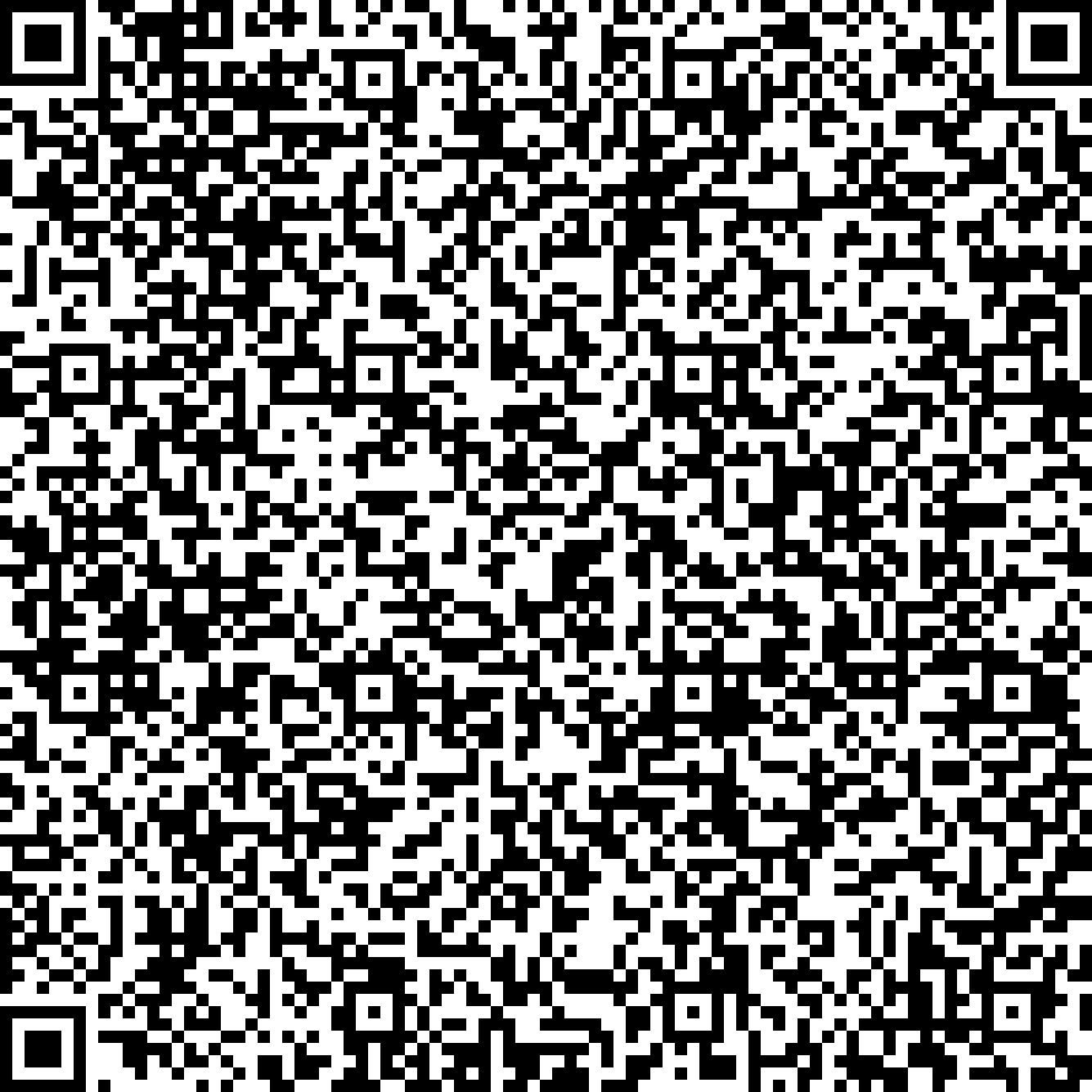


The decoherence properties of interacting electrons in disordered metals have been subject to an intense controversy over the last years: the ``classical'' point of view is that the decoherence rate induced by interactions should vanish in the limit of very low temperatures, because in this limit the phase space for scattering processes vanishes.
In the last few years, several experimental and theoretical papers have questioned this point of view and have claimed that the decoherence rate is nonzero even at T=0. In my talk I will explain how the theoretical part of the controversy can be resolved (in favor of the ``classical'' picture):
I first show the connection and then point out the differences between two apparently very different strategies for calculating the decoherence rate, which are based on an influence functional approach on the one hand, and diagrammatic perturbation theory on the other.
I conclude that if the effect of recoil during scattering is properly accounted for in the influence functional approach, the latter yields results consistent both with diagrammatics and with the ``classical'' picture of decoherence.



The decoherence properties of interacting electrons in disordered metals have been subject to an intense controversy over the last years: the ``classical'' point of view is that the decoherence rate induced by interactions should vanish in the limit of very low temperatures, because in this limit the phase space for scattering processes vanishes.
In the last few years, several experimental and theoretical papers have questioned this point of view and have claimed that the decoherence rate is nonzero even at T=0. In my talk I will explain how the theoretical part of the controversy can be resolved (in favor of the ``classical'' picture):
I first show the connection and then point out the differences between two apparently very different strategies for calculating the decoherence rate, which are based on an influence functional approach on the one hand, and diagrammatic perturbation theory on the other.
I conclude that if the effect of recoil during scattering is properly accounted for in the influence functional approach, the latter yields results consistent both with diagrammatics and with the ``classical'' picture of decoherence.